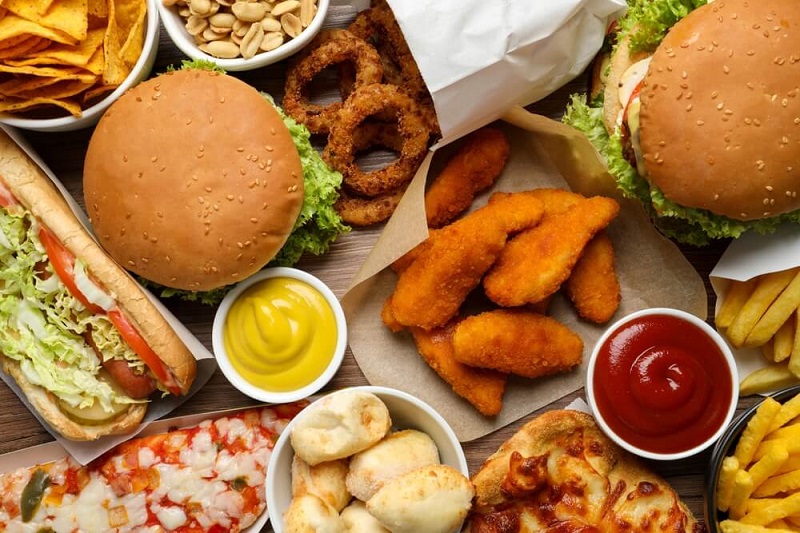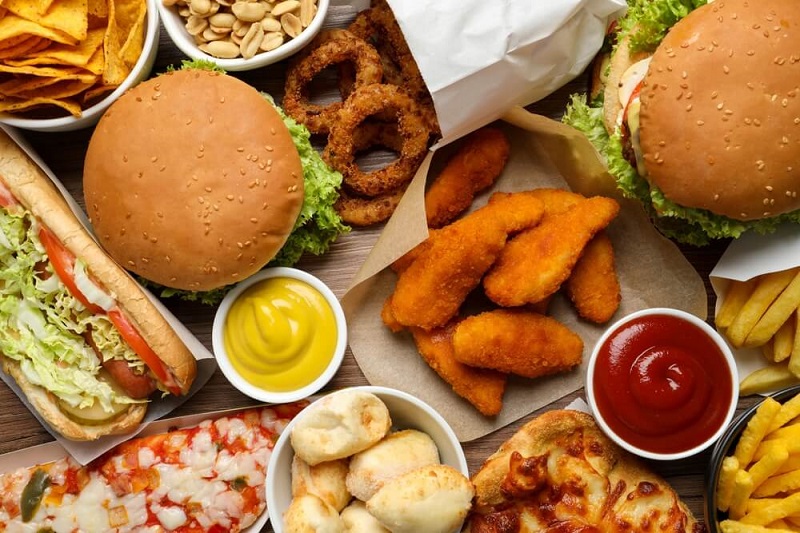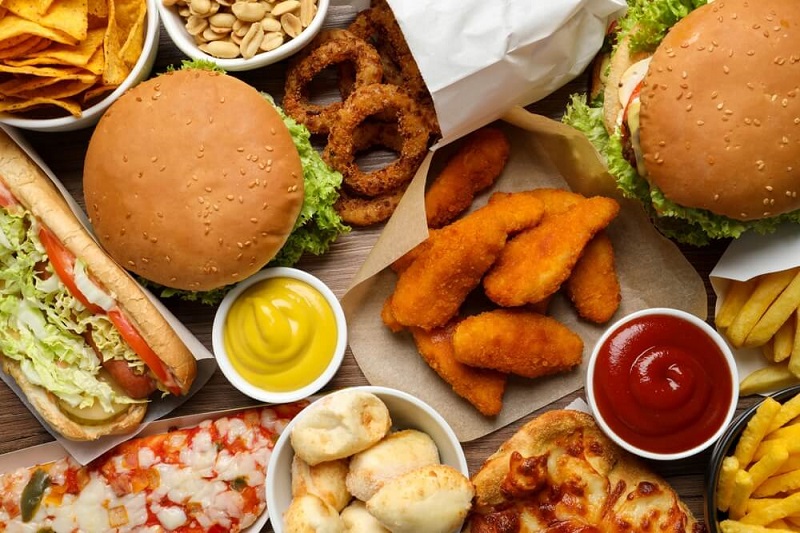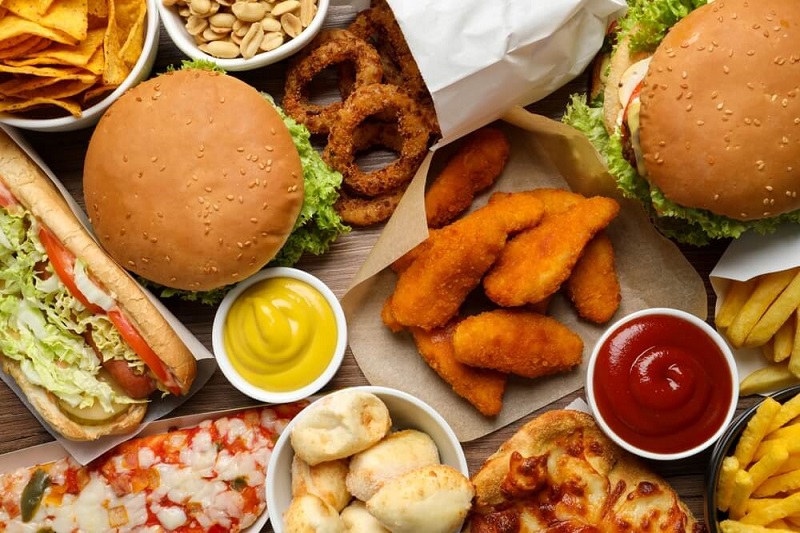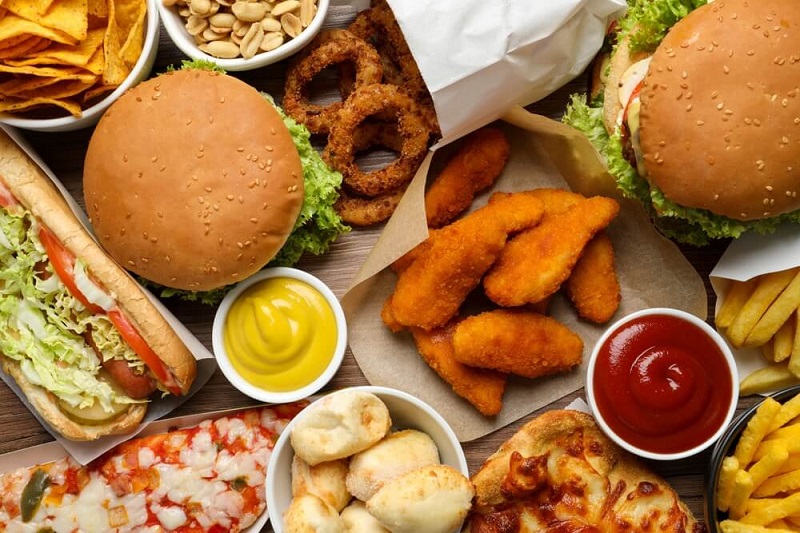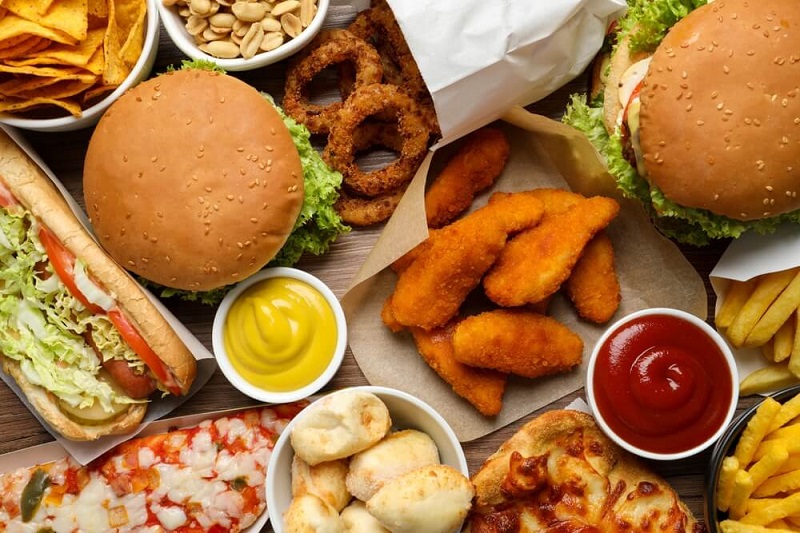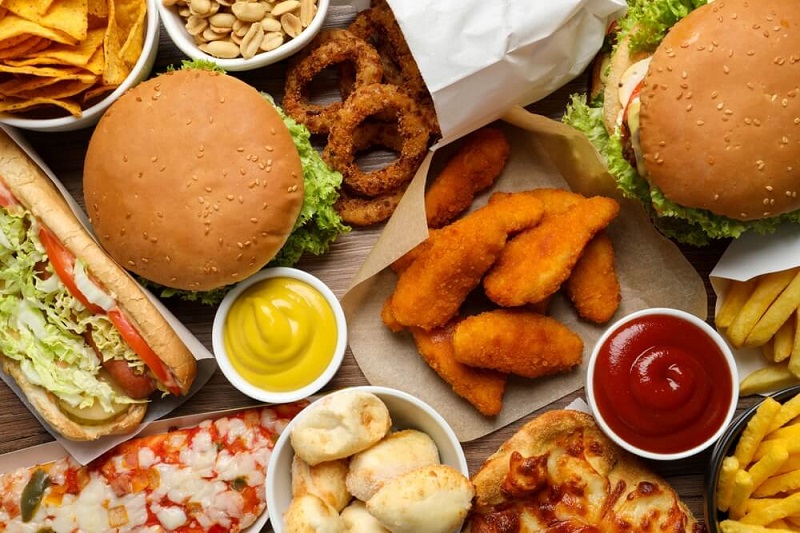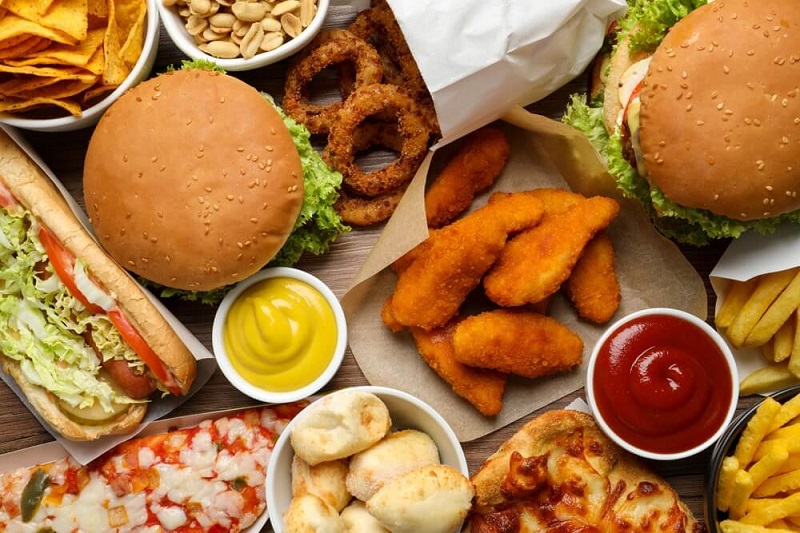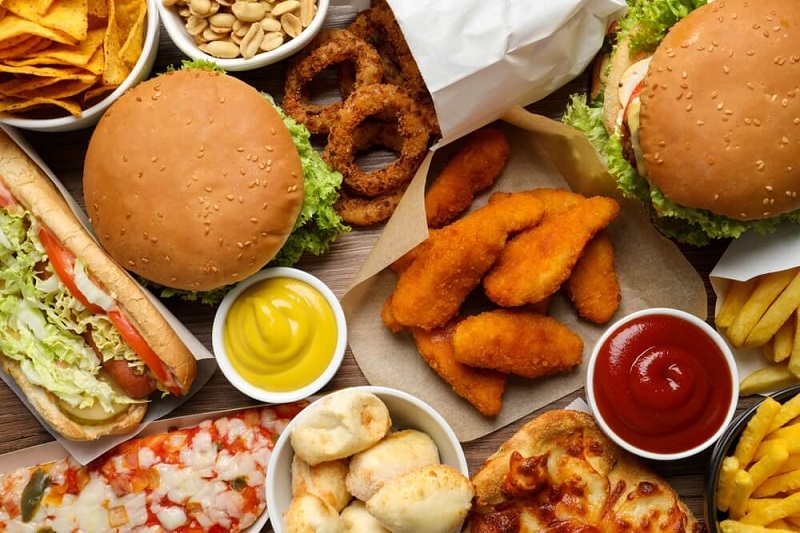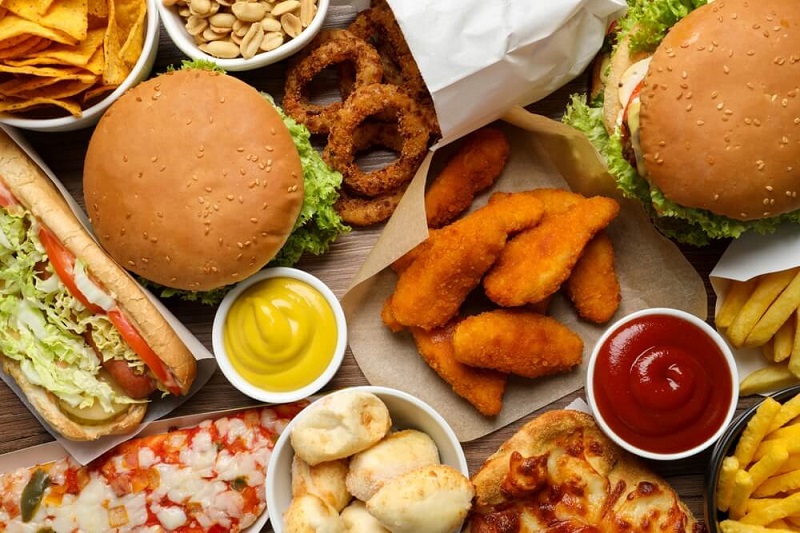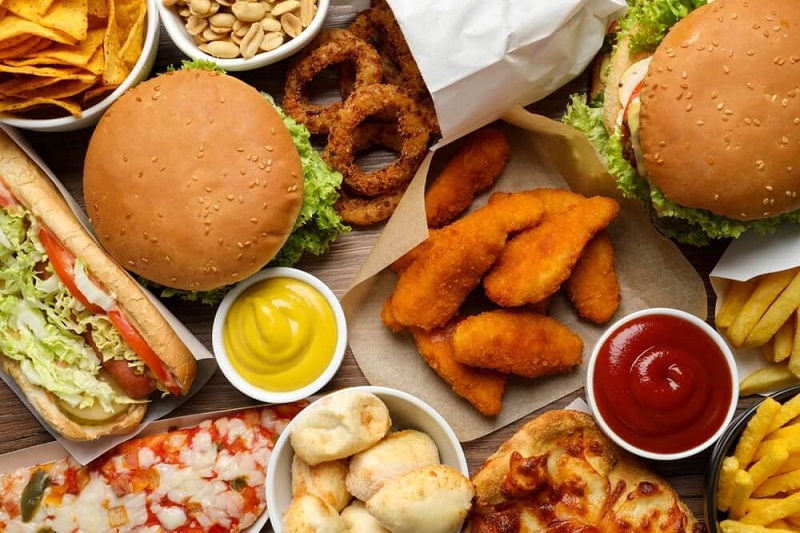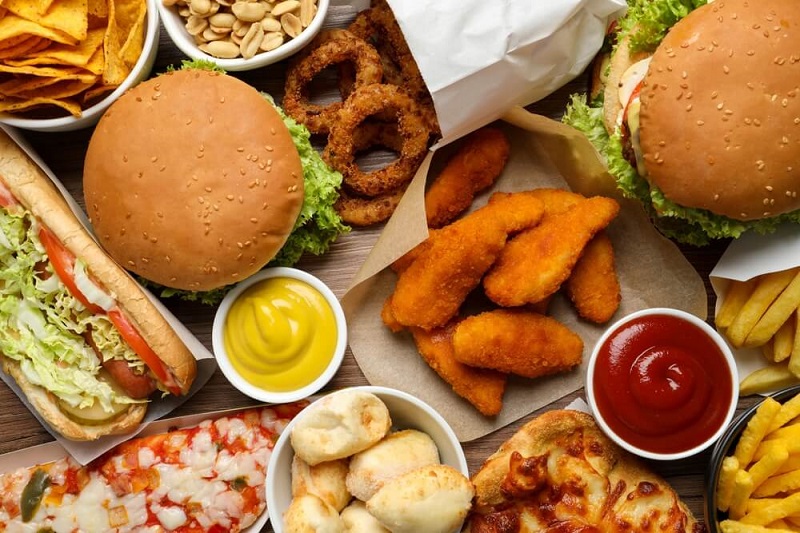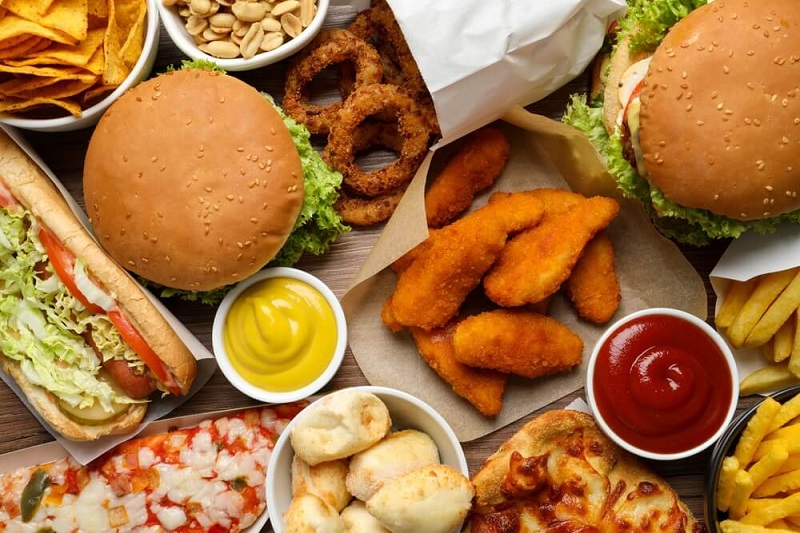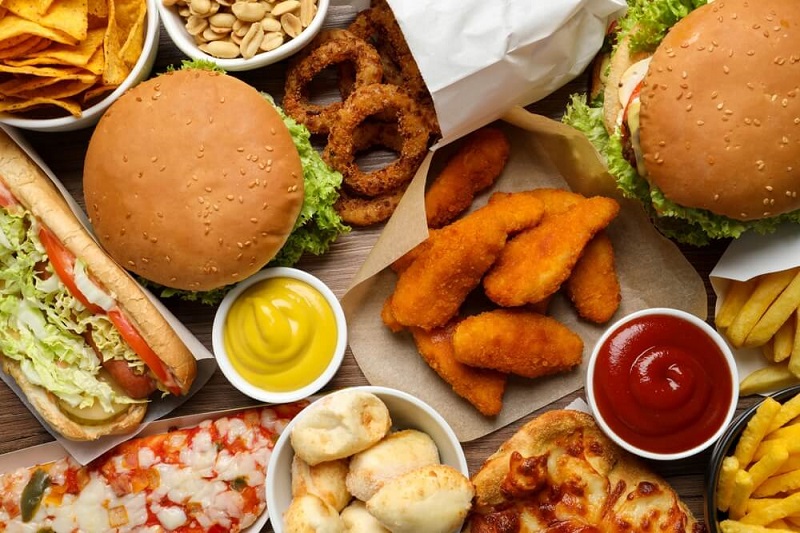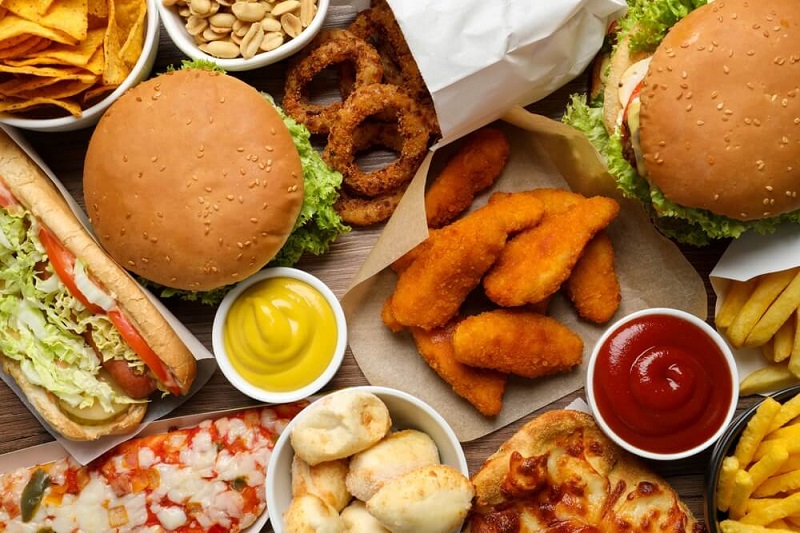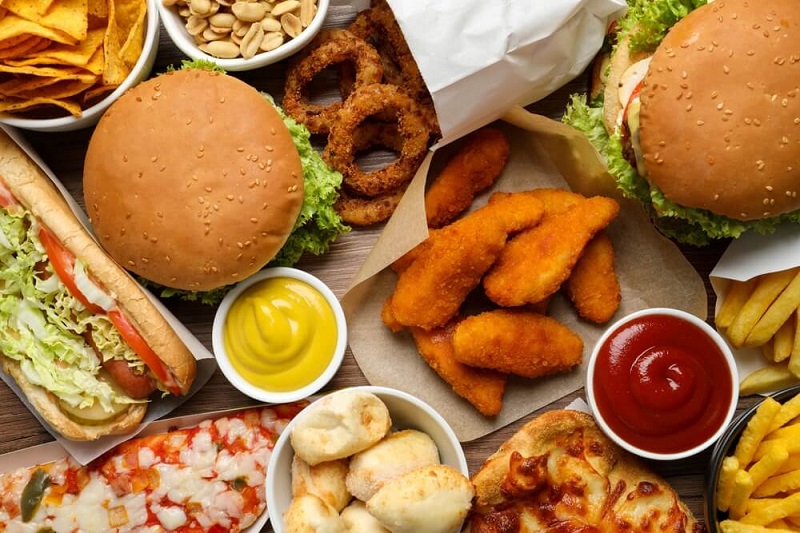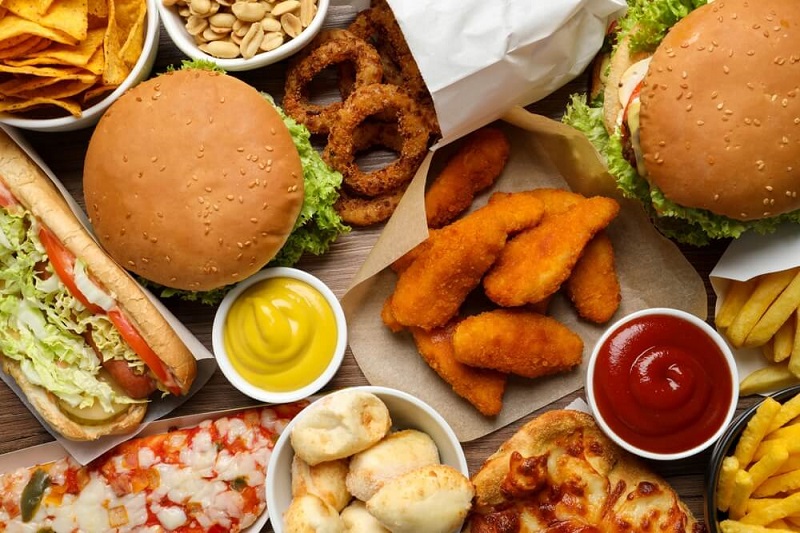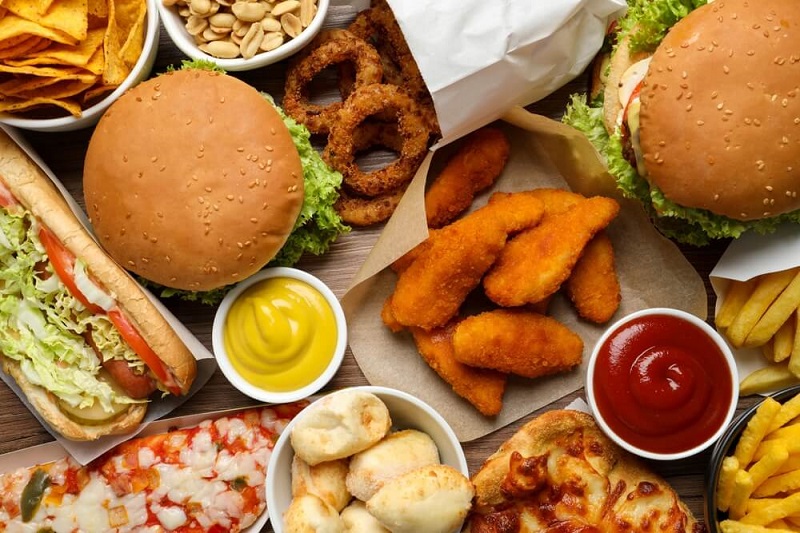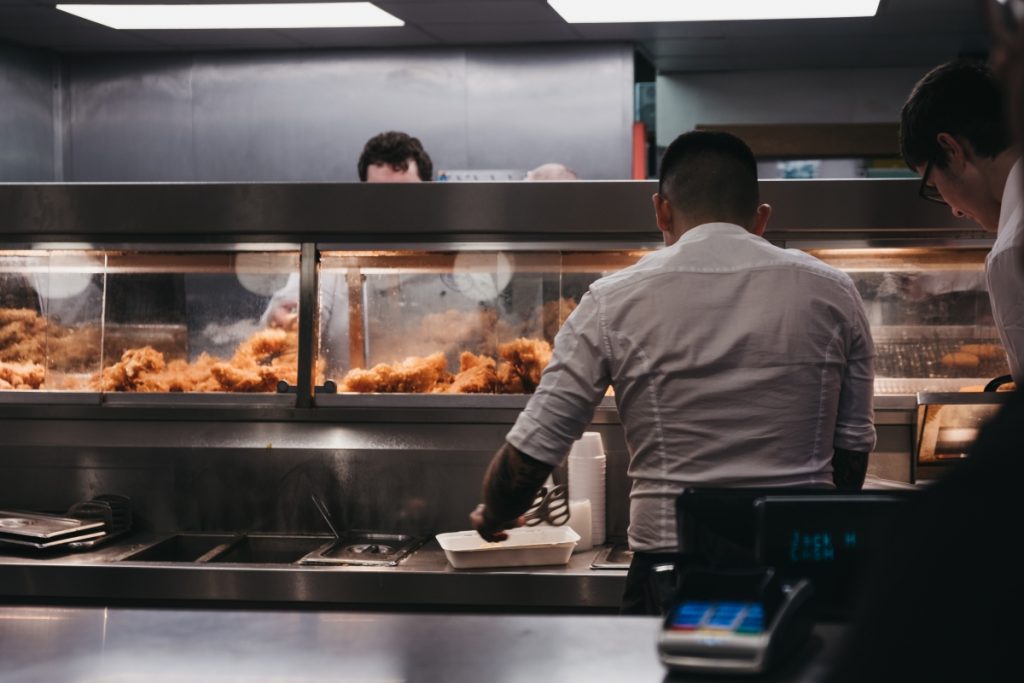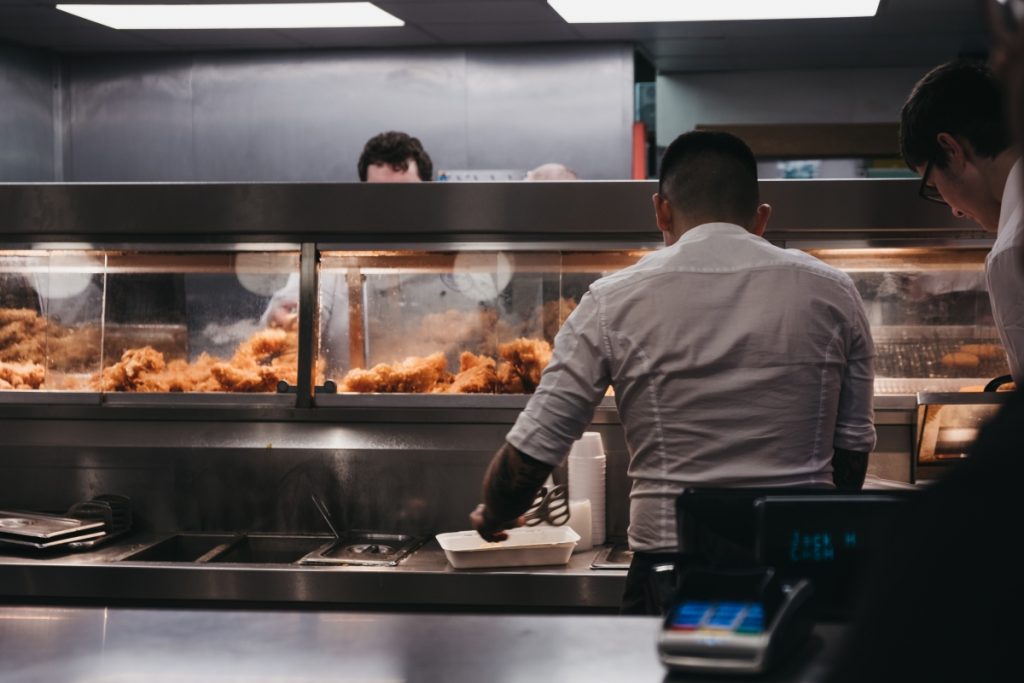Fast Food Equipment Insurance: Protecting Fryers, Grills & Kitchen Technology
Comprehensive coverage solutions for your fast food business's most valuable assets
Introduction: The High-Stakes World of Fast Food Equipment
In the fast-paced world of quick-service restaurants, your kitchen equipment isn't just machinery—it's the beating heart of your business. From the sizzling grills that cook your signature burgers to the precision fryers that create perfect chips, every piece of equipment plays a crucial role in your daily operations and bottom line.
Fast food establishments face unique challenges when it comes to equipment protection. Unlike traditional restaurants, fast food kitchens operate at breakneck speeds, with equipment running continuously throughout extended operating hours. This intensive use, combined with the high-volume nature of the business, creates significant risks that standard insurance policies often fail to address adequately.
Fast food equipment insurance has emerged as a specialized solution designed specifically for the unique needs of quick-service restaurants. This comprehensive coverage goes beyond basic property insurance to provide targeted protection for the sophisticated machinery that keeps your business running smoothly.
Understanding Fast Food Equipment Risks
The Cost of Equipment Failure
When a critical piece of equipment fails in a fast food restaurant, the consequences extend far beyond the immediate repair costs. Consider these scenarios:
- Fryer Breakdown: A malfunctioning fryer during peak lunch hours can halt production of your most popular items, leading to lost sales, disappointed customers, and potential damage to your reputation.
- Grill Failure: When your main cooking surface goes down, you're not just losing the ability to prepare food—you're losing the capacity to serve customers entirely.
- Refrigeration System Collapse: A failed cooling system can result in thousands of pounds worth of spoiled inventory, health code violations, and potential closure until repairs are completed.
High-Volume Operation Challenges
Fast food equipment operates under conditions that would challenge even the most robust machinery. The constant use, high temperatures, and demanding production schedules create an environment where equipment failure isn't just possible—it's inevitable without proper protection and maintenance.
The average fast food restaurant processes hundreds of orders daily, with equipment running for 12-16 hours continuously. This intensive operation accelerates wear and tear, increases the likelihood of breakdowns, and creates situations where even minor equipment issues can cascade into major operational disruptions.
Essential Equipment Categories Requiring Protection
Fryers: The Heart of Fast Food Operations
Commercial fryers represent one of the most critical and expensive pieces of equipment in any fast food establishment. Modern fryers are sophisticated machines featuring:
- Digital temperature controls and monitoring systems
- Automatic filtration and oil management systems
- Energy-efficient heating elements
- Safety shut-off mechanisms
- High-capacity oil reservoirs
The replacement cost for a commercial fryer can range from £3,000 to £15,000 or more, depending on capacity and features. Beyond the equipment cost, fryer failures can result in:
- Lost revenue from inability to serve fried items
- Emergency repair costs at premium rates
- Potential safety hazards from oil spills or overheating
- Food waste from interrupted cooking processes
Grills and Cooking Surfaces
Commercial grills form the backbone of most fast food operations, handling everything from burgers and chicken to vegetables and specialty items. These sophisticated cooking surfaces feature:
- Precise temperature zones for different food types
- Non-stick surfaces requiring specialized maintenance
- Integrated ventilation and grease management systems
- Digital controls for consistent cooking results
Grill failures can completely halt food production, making them critical components requiring comprehensive insurance protection. The cost of replacing a commercial grill system can exceed £10,000, not including installation and setup costs.
Refrigeration and Food Storage Systems
Modern fast food establishments rely on sophisticated refrigeration systems to maintain food safety and quality. These systems include:
- Walk-in coolers and freezers
- Reach-in refrigeration units
- Specialized storage for different food types
- Temperature monitoring and alarm systems
Refrigeration failures pose unique risks, including food spoilage, health code violations, and potential closure by health authorities. The cost of replacing spoiled inventory can reach thousands of pounds, while the business interruption from a health department closure can be devastating.
Kitchen Technology and Automation
Today's fast food kitchens increasingly rely on advanced technology to maintain efficiency and consistency:
- Point-of-sale systems integrated with kitchen displays
- Automated cooking timers and alerts
- Inventory management systems
- Digital menu boards and customer ordering systems
- Automated beverage dispensing systems
These technological systems, while improving efficiency, create new vulnerabilities that require specialized insurance coverage to address both hardware failures and software issues.
Types of Fast Food Equipment Insurance Coverage
Equipment Breakdown Insurance
Equipment breakdown insurance provides coverage for the sudden and accidental failure of covered equipment. This specialized coverage addresses:
- Mechanical breakdown of motors, compressors, and moving parts
- Electrical failures including power surges and short circuits
- Pressure system failures in steamers and pressure cookers
- Electronic component failures in digital control systems
Unlike standard property insurance, equipment breakdown coverage specifically addresses the unique risks associated with mechanical and electrical failures that are common in commercial kitchen environments.
Business Interruption Coverage
When equipment fails, the immediate repair cost is often just the beginning. Business interruption coverage addresses the ongoing financial impact of equipment failures:
- Lost revenue during repair periods
- Continuing expenses like rent and payroll
- Extra expenses to minimize business interruption
- Costs associated with temporary equipment rental
For fast food establishments operating on thin margins, business interruption coverage can mean the difference between surviving an equipment failure and facing financial ruin.
Food Spoilage Coverage
Refrigeration failures can result in significant food spoilage, creating both immediate financial losses and potential health risks. Food spoilage coverage addresses:
- Cost of spoiled inventory due to equipment failure
- Disposal costs for contaminated food items
- Replacement costs for emergency inventory purchases
- Additional expenses for expedited food delivery
Expediting Expenses Coverage
When equipment fails, getting back to full operation quickly is crucial. Expediting expenses coverage helps pay for:
- Rush shipping for replacement parts
- Overtime labor costs for emergency repairs
- Temporary equipment rental during repairs
- Express delivery of replacement equipment
Common Equipment Failures and Their Costs
Fryer-Related Incidents
Commercial fryers face numerous potential failure points:
- Heating Element Failure: Can cost £500-£2,000 to repair, plus lost revenue during downtime
- Oil Filtration System Breakdown: Results in poor food quality and potential health violations
- Temperature Control Malfunction: Can lead to food safety issues and wasted oil
- Electrical System Failure: May require complete unit replacement
Grill System Failures
Grill failures can completely halt food production:
- Gas Line Issues: Create safety hazards and require immediate professional attention
- Surface Damage: Affects food quality and cooking consistency
- Ventilation System Failure: Can trigger health department violations
- Control System Malfunction: Leads to inconsistent cooking temperatures
Refrigeration System Breakdowns
Cooling system failures create multiple risks:
- Compressor Failure: Often requires complete system replacement
- Refrigerant Leaks: Create environmental and health concerns
- Temperature Control Issues: Can result in food spoilage and safety violations
- Door Seal Failures: Reduce efficiency and increase operating costs
Risk Assessment and Prevention Strategies
Identifying High-Risk Equipment
Not all equipment carries the same risk profile. When assessing your insurance needs, consider:
- Equipment Age: Older equipment is more prone to failure and may lack modern safety features
- Usage Intensity: Equipment used continuously faces higher failure rates
- Maintenance History: Poor maintenance records indicate higher risk
- Environmental Factors: Kitchen heat, humidity, and grease exposure accelerate wear
Preventive Maintenance Programs
While insurance protects against failures, prevention remains the best strategy:
- Regular cleaning and maintenance schedules
- Professional equipment inspections
- Staff training on proper equipment operation
- Monitoring systems for early problem detection
Many insurance providers offer premium discounts for establishments with documented preventive maintenance programs, recognizing that well-maintained equipment is less likely to fail.
Choosing the Right Insurance Provider
Specialized Fast Food Coverage
When selecting equipment insurance, look for providers who understand the unique challenges of fast food operations:
- Experience with commercial kitchen equipment
- Understanding of fast food operational requirements
- Flexible coverage options for different business sizes
- Rapid claims processing for minimal business interruption
Coverage Customization Options
Your insurance should be tailored to your specific operation:
- Equipment-specific coverage limits
- Flexible deductible options
- Seasonal adjustment capabilities
- Growth accommodation for expanding operations
Claims Support and Service
When equipment fails, quick response is crucial:
- 24/7 claims reporting capabilities
- Network of approved repair technicians
- Expedited claims processing
- Temporary equipment rental arrangements
Cost Considerations and Budgeting
Premium Factors
Several factors influence equipment insurance premiums:
- Equipment Value: Higher-value equipment requires higher coverage limits
- Business Size: Larger operations face higher overall risk exposure
- Location Factors: Urban locations may face higher risks from power fluctuations
- Operating Hours: Extended hours increase equipment stress and failure risk
Cost-Benefit Analysis
When evaluating equipment insurance costs, consider:
- Potential revenue loss from equipment downtime
- Emergency repair costs versus planned maintenance
- Replacement costs for major equipment items
- Business interruption impact on cash flow
For most fast food establishments, the cost of comprehensive equipment insurance represents a small fraction of potential losses from uninsured equipment failures.
Implementation and Best Practices
Equipment Inventory and Valuation
Proper coverage begins with accurate equipment inventory:
- Detailed equipment lists with model numbers and specifications
- Current replacement cost valuations
- Installation and setup cost considerations
- Regular inventory updates for new equipment
Staff Training and Awareness
Your team plays a crucial role in equipment protection:
- Proper equipment operation procedures
- Early warning sign recognition
- Emergency shutdown procedures
- Incident reporting protocols
Documentation and Record Keeping
Maintain comprehensive records for insurance purposes:
- Equipment purchase receipts and warranties
- Maintenance and repair records
- Incident reports and failure documentation
- Staff training records
Future Trends in Fast Food Equipment Insurance
Technology Integration
The future of equipment insurance is increasingly connected:
- IoT sensors for real-time equipment monitoring
- Predictive maintenance algorithms
- Automated claims reporting systems
- Remote diagnostic capabilities
Coverage for Technology Failures
Fast food equipment insurance should include comprehensive coverage for technology-related failures that could disrupt operations. This includes protection against software malfunctions, hardware failures, and system crashes that could render equipment unusable.
Modern fast food equipment often relies on complex software systems that control cooking temperatures, timing, and safety features. When these systems fail, the entire piece of equipment may become inoperable, leading to significant business disruption and potential food safety issues.
Cyber Security Considerations
With increasing connectivity comes increased cyber security risks. Fast food equipment insurance should address potential cyber attacks that could compromise connected kitchen equipment, leading to operational disruption or food safety concerns.
Consider coverage for incidents involving ransomware attacks on kitchen systems, data breaches affecting customer ordering systems, or malicious interference with automated cooking processes. These modern risks require specialized insurance protection.
Business Interruption Protection
Understanding Revenue Impact
When critical kitchen equipment fails, the impact on a fast food business can be immediate and severe. A broken fryer during peak lunch hours or a malfunctioning grill during dinner service can result in significant lost revenue and disappointed customers.
Business interruption coverage within fast food equipment insurance helps compensate for lost income during equipment downtime. This protection is particularly valuable for businesses operating on thin margins where every hour of operation counts.
Calculating Business Interruption Needs
To determine appropriate business interruption coverage, consider factors such as:
- Average daily revenue figures
- Peak operating hours and seasonal variations
- Time required to repair or replace critical equipment
- Availability of backup equipment or alternative cooking methods
- Fixed costs that continue during downtime
- Staff wages during closure periods
Temporary Solutions and Mitigation
Some policies may cover the cost of temporary equipment rental or alternative cooking arrangements while permanent repairs are completed. This can help minimize business interruption and maintain some level of service during equipment failures.
Consider policies that provide coverage for expedited repairs or emergency equipment replacement to reduce downtime. The faster equipment can be restored, the less impact on business operations and customer satisfaction.
Maintenance and Prevention
Regular Maintenance Requirements
Most fast food equipment insurance policies require adherence to regular maintenance schedules as a condition of coverage. This includes routine cleaning, servicing, and inspection of all covered equipment.
Proper maintenance not only helps prevent equipment failures but also ensures compliance with food safety regulations and manufacturer warranties. Insurance providers often require documentation of maintenance activities to validate claims.
Staff Training and Safety
Adequate staff training on equipment operation and safety procedures is often a requirement for maintaining insurance coverage. This includes training on proper cleaning procedures, safety protocols, and emergency shutdown procedures.
Consider the following training areas:
- Proper equipment operation procedures
- Daily cleaning and maintenance tasks
- Safety protocols and emergency procedures
- Temperature monitoring and food safety
- Troubleshooting common issues
- When to contact maintenance professionals
Preventive Measures
Implementing preventive measures can help reduce insurance premiums and minimize the risk of equipment failures. This includes installing surge protectors, maintaining proper ventilation, and ensuring adequate power supply for all equipment.
Regular inspections by qualified technicians can identify potential issues before they become major problems, reducing the likelihood of insurance claims and business disruption.
Claims Process and Documentation
Immediate Response Steps
When equipment failure occurs, quick action is essential to minimize damage and ensure proper claim processing. The first steps should include ensuring safety, documenting the incident, and notifying your insurance provider promptly.
Key immediate response actions include:
- Ensure staff and customer safety
- Disconnect power to damaged equipment if safe to do so
- Document the scene with photographs
- Preserve any evidence of the cause of failure
- Contact your insurance provider immediately
- Begin temporary measures to minimize business disruption
Documentation Requirements
Proper documentation is crucial for successful claim processing. This includes maintaining records of equipment purchase dates, maintenance history, and any previous repairs or modifications.
Essential documentation includes:
- Original purchase receipts and warranties
- Maintenance and service records
- Photographs of equipment and damage
- Incident reports and witness statements
- Revenue records to support business interruption claims
- Repair estimates and invoices
Working with Adjusters
Insurance adjusters will assess the damage and determine coverage under your policy. Cooperation and transparency during this process can help ensure fair and prompt claim resolution.
Be prepared to provide access to damaged equipment, maintenance records, and financial information as requested. Having organized documentation readily available can expedite the claims process significantly.
Cost Considerations and Budgeting
Premium Factors
Several factors influence the cost of fast food equipment insurance, including the value and age of equipment, business location, claims history, and risk mitigation measures in place.
Factors affecting premium costs include:
- Total value of equipment being insured
- Age and condition of equipment
- Business location and local risk factors
- Claims history and loss experience
- Security measures and risk prevention
- Deductible amounts selected
- Coverage limits and policy terms
Deductible Considerations
Choosing appropriate deductible amounts can significantly impact premium costs. Higher deductibles typically result in lower premiums but require greater out-of-pocket expenses when claims occur.
Consider your business's cash flow and ability to handle unexpected expenses when selecting deductible amounts. Balance the savings in premium costs against the potential financial impact of paying higher deductibles during claims.
Return on Investment
While insurance represents an ongoing expense, the protection it provides can far outweigh the cost when equipment failures occur. Consider the potential cost of replacing major equipment without insurance coverage.
A single fryer replacement could cost £15,000-£25,000, while a complete kitchen refit following a major incident could exceed £100,000. These potential costs make equipment insurance a valuable investment for most fast food operations.
Choosing the Right Insurance Provider
Specialist Knowledge
When selecting an insurance provider for fast food equipment coverage, look for insurers with specific experience in the food service industry. Specialist knowledge of equipment types, common failure modes, and industry-specific risks is invaluable.
Providers familiar with fast food operations understand the critical nature of equipment uptime and can offer policies tailored to the unique needs of the industry, including expedited claims processing and specialized coverage options.
Claims Service Quality
The quality of claims service is crucial when equipment failures occur. Look for insurers with 24/7 claims reporting, rapid response times, and a network of approved repair specialists familiar with commercial kitchen equipment.
Consider the insurer's reputation for fair claims handling and their ability to provide temporary solutions while permanent repairs are completed. Quick resolution of claims is essential for minimizing business disruption.
Additional Services
Some insurance providers offer additional services that can add value beyond basic coverage. These might include risk assessment services, maintenance program discounts, or access to preferred equipment suppliers and repair services.
Look for insurers who can provide comprehensive support including loss prevention advice, equipment replacement guidance, and business continuity planning assistance.
Conclusion
Fast food equipment insurance is an essential protection for any business operating commercial kitchen equipment. The high cost of modern fryers, grills, and kitchen technology, combined with the potential for significant business interruption, makes comprehensive coverage a wise investment.
By understanding the specific risks facing fast food operations and selecting appropriate coverage for both traditional equipment and modern technology, businesses can protect themselves against the financial impact of equipment failures and maintain operational continuity.
Regular maintenance, proper staff training, and good documentation practices not only help prevent equipment failures but also ensure that insurance coverage remains valid and claims can be processed efficiently when needed.
For businesses looking to protect their valuable kitchen equipment and maintain operational stability, professional advice on fast food equipment insurance options is highly recommended. The right coverage can provide peace of mind and financial protection against the unexpected challenges that equipment failures can bring.
Protect Your Fast Food Equipment Today
Don't let equipment failures disrupt your business operations. Contact Insure24 for expert advice on fast food equipment insurance tailored to your specific needs.
Call us today on 0330 127 2333 or visit www.insure24.co.uk for a competitive quote.


 0330 127 2333
0330 127 2333
